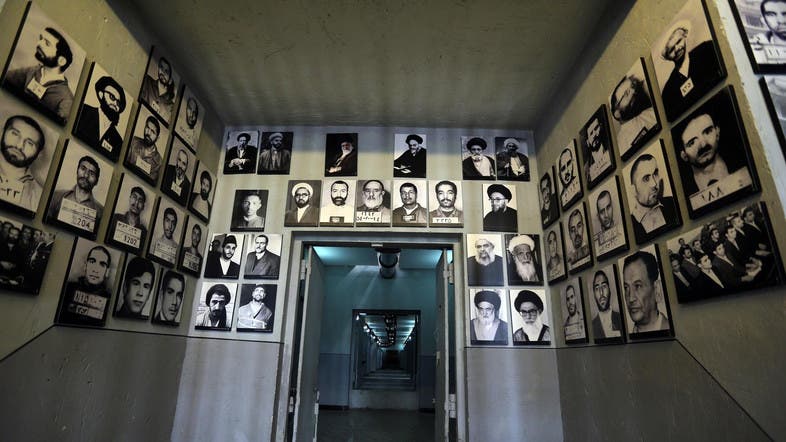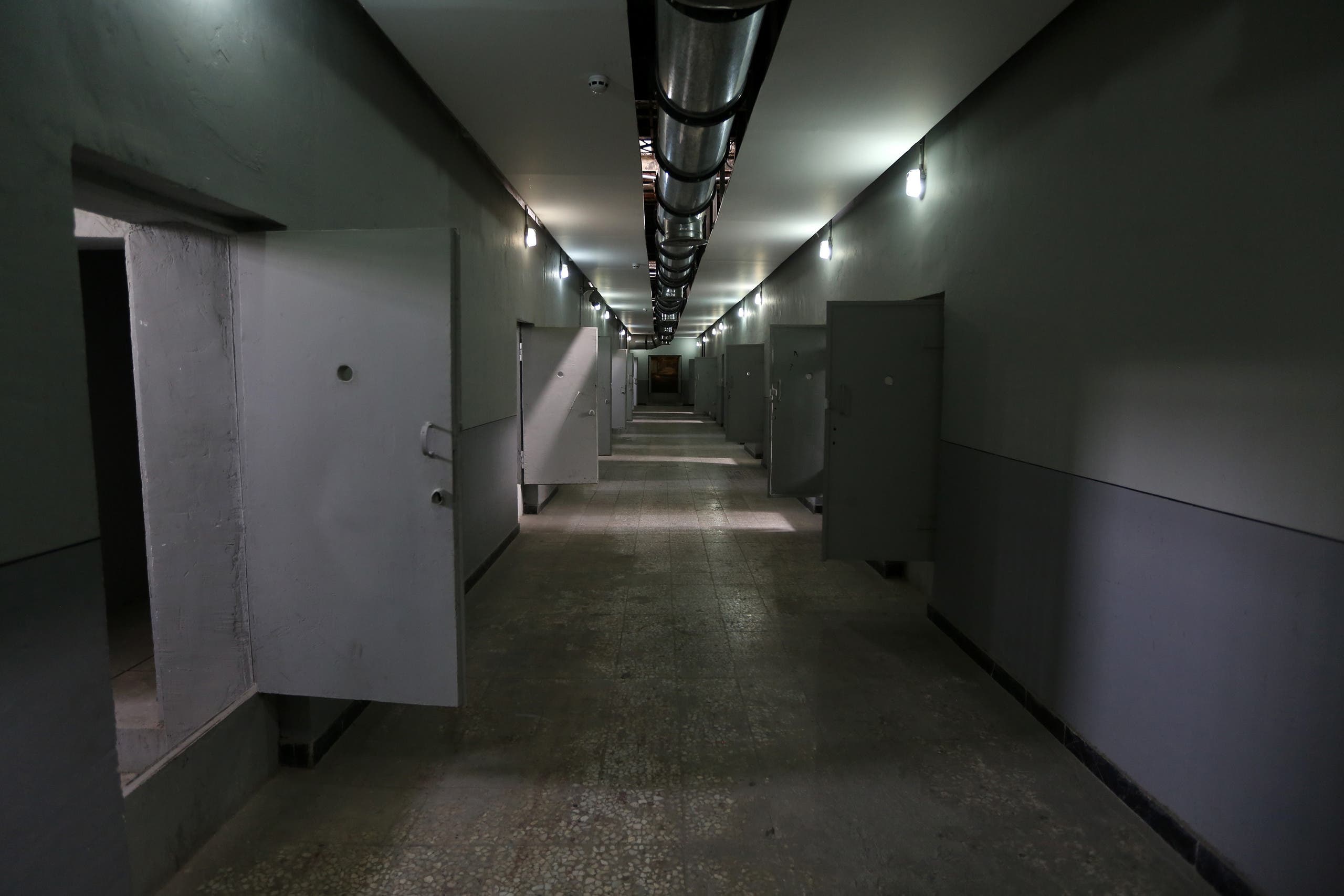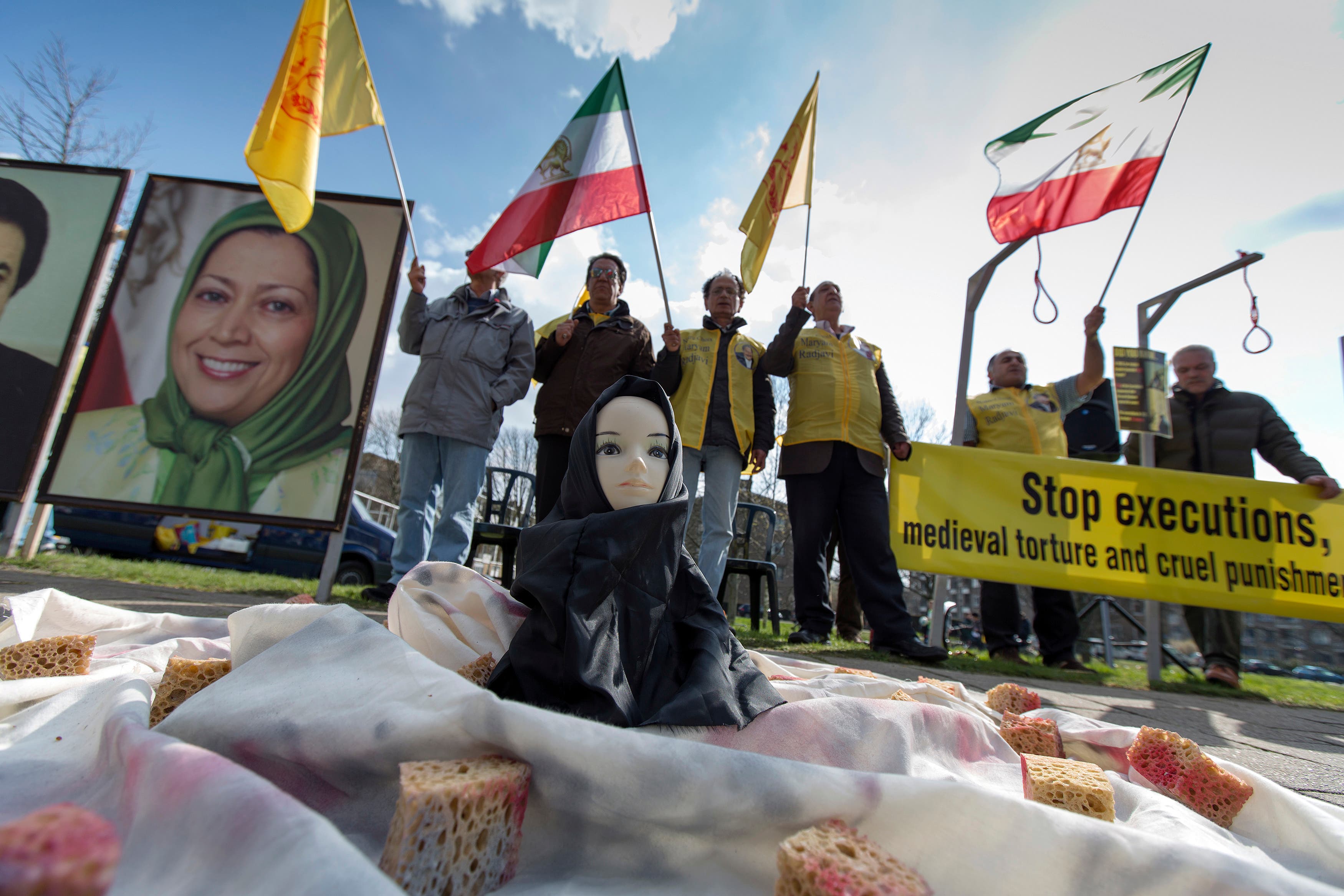Al-Arabia – Amnesty International (AI) on Monday released a new investigative report into wiping out of signs of mass graves of political prisoners who were executed in Iran in 1988.

“Today, it is still not known exactly how many prisoners were extra-judicially executed in 1988, although minimum estimates are between 4,000 and 5, 000,” AI report said. “International rights groups estimate as many as 5,000 people were executed, while the Mujahedeen-e-Khalq puts the number at 30,000,” writes Jon Gambrell of Associated Press.
“The report identifies seven suspected or confirmed mass grave sites that have faced destruction between 2003 and 2017. They are located in or near Behesht Reza cemetery in Mashhad, Khorasan Razavi province; Behesht Abad cemetery in Ahvaz, Khuzestan province; Vadieh Rahmat cemetery in Tabriz, East Azerbaijan province; Golestan Javid cemetery in Khavaran; Tazeh Abad cemetery in Rasht, Gilan province; the Baha’i cemetery in Qorveh, Kurdistan province; and the grounds of the former premises of the Revolutionary Court in Sanandaj, Kurdistan province.” Mass graves have being gradually leveled to escape any possible future accountability.
“Some who appeared were asked to identify themselves. Those who responded “mujahedeen” were sent to their deaths, while others were questioned about their willingness to “clear minefields for the army of the Islamic Republic,” a 1990 Amnesty report said.
The body called for an enquiry commission to probe most ruthless officials of the Iranian regime, many of whom, according to the AI report, are still in office. It was known among former Iranian political prisoners as the “Death Commission”.
 A picture taken on September 2, 2014 in Tehran shows portraits of detainees in “Qasr prison”, a former prison hosting political prisoners that was turned into a museum in 2012. (AFP)
A picture taken on September 2, 2014 in Tehran shows portraits of detainees in “Qasr prison”, a former prison hosting political prisoners that was turned into a museum in 2012. (AFP)
Rewarding the culprit?
The right group added in its latest report that no Iranian official has been investigated or brought to justice and some of the alleged perpetrators continue to hold political office or influential positions in the judiciary.
Two high profile examples of AI’s report are Ebrahim Raisi a challenger to Hassan Rouhani in last year’s presidential election and now the custodian of the wealthiest Imam Reza Foundation in Mashhad and Mostafa Pour-Mohammadi, Iran’s Justice Minister in Rouhani’s first cabinet.
He was then promoted and received an advisory position in Iran’s Judicial branch. Rouhani on the other hand had the nerve to pick Alireza Avii, another member of the notorious “Death Commission,” to head the Justice Ministry in his second cabinet. The commission oversaw the massacre of 30,000 political prisoners in the summer of 1988, mostly members and supporters of the opposition People’s Mojahedin Organization of Iran (PMOI or MEK).
Raisi and Pour-Mohammadi were two of the four members of the Death Commission who were tasked to summarily execute political prisoners. Khomeini reportedly hand wrote a fatwa, a religious decree, authorizing the Commission’s task. In the summer of 1988, the Commission handed down 30,000 death sentences. The kangaroo courts hardly lasted more than three minutes on average. Some of the political prisoners who miraculously survived the slaughter have written or spoken of their ordeals.
A simple question was asked by the judges: Do you still believe in Mojahedin? And depending on the answer, one could end up before a hangman. The gruesome accounts of survivors, especially female prisoners, often leave the listeners in shock.
What first shined light on all of this was an audio tape that was leaked out by Ayatollah Hossein-Ali Montazeri’s son in August 2016. Montazeri was sacked for his public objections to mass executions in 1988. He spent the rest of his life under house arrest and died in 2009.
In the moving tape, Montazeri can be heard telling a meeting of the “Death Commission” in 1988 that they are responsible for a crime against humanity. “The greatest crime committed during the reign of the Islamic Republic, for which history will condemn us, has been committed by you. Your names will in the future be etched in the annals of history as criminals,” he said.
Pour-Mohammadi has since admitted his role in the “Death Commission” and boasted that he was proud to “carry out God’s will and he has not lost sleep over what he did.”
“Most of those extrajudicial executed were serving lengthy prison sentences, often imposed for their peaceful dissent, including for activities such as distributing newspapers and leaflets, taking part in peaceful anti-government demonstrations, and having real or perceived affiliations with various political opposition groups. Some had been released several years earlier and were re-arrested in the weeks leading up to the killings. Others had already completed their sentences but had not been released because they refused to make statements of ‘repentance’,” the AI report said.
 People protest against executions and human rights violations in Iran on a square near the Nuclear Security Summit in The Hague March 25, 2014. (Reuters)
People protest against executions and human rights violations in Iran on a square near the Nuclear Security Summit in The Hague March 25, 2014. (Reuters)
House of Representatives
The right group is not alone in digging up Iran’s ruling clerics dark past in dealing with its dissidents; the US House of Representatives passed a bill last week condemning human rights violations in Iran including the massacre of political prisoners in 1988.
Ed Royce, Chairman of the House Foreign Affairs Committee wrote: “The worst act against the Iranian people was the execution of 30,000 political prisoners in Iran by the regime over the course of four months in 1988. Many of those prisoners had just completed prison sentences before being executed.
There are multiple officials in the Iranian government today that were part of that crime against humanity. Calls for justice for the victims have continued, and calls for the international community to step in on behalf of those prisoners and their families.” The new house bill also condemns hostage-taking tactic among foreign national and Iranians holding dual citizenship used by the regime since its inception.
Despite the focus on May 12 deadline for the nuclear deal with Iran – known as Joint Comprehensive Plan of Action (JCPA) – the Iranian regime continues violation of human rights at home. It is high time that the world put an end to this flagrant violation of human rights in Iran and take some concert steps in that direction.
____________________________
Reza Shafiee is a member of the Foreign Affairs Committee of the National Council of Resistance of Iran (NCRI). He tweets @shafiee_shafiee.
 Shabtabnews In this dark night, I have lost my way – Arise from a corner, oh you the star of guidance.
Shabtabnews In this dark night, I have lost my way – Arise from a corner, oh you the star of guidance.


